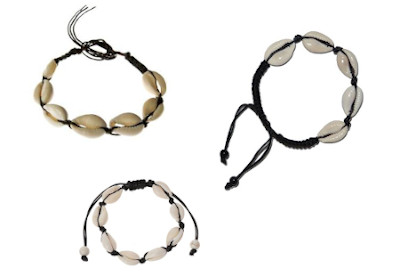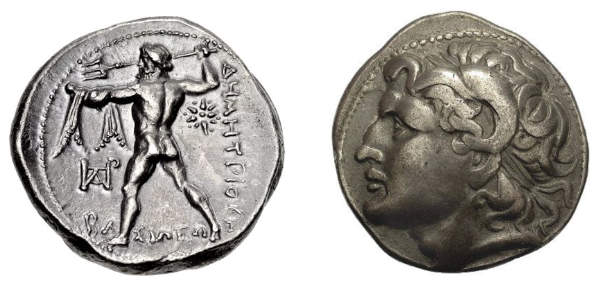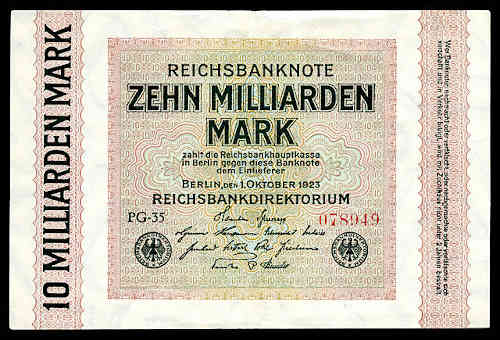Money is a medium of exchange of a certain value, which one cannot consume or utilize directly. Thousands of years ago people exchanged useful items with one another. Later, objects used for exchange, which had a generally known value, were used as the mode of payment. When requirement of exchange increased, the first coins were made, later followed by paper money. Banks took over the money business. They lent money or printed bank notes during a strong inflation.
RELATED: Top 10 Oldest Banks in the World
What was the first means of payment?

Earlier, people paid with ‘natural money’, i.e., with valuables, useful or beautiful things such as stones, shells, rings, animal skins, pieces of iron, or salt. In Africa and South Asia, cowries were a recognized means of payment – and these are used even today in some islands of the Pacific to make a payment. Natural money was easy to store, count, and transport. That is why, silver and bronze were used in the form of bars and wires and in North Africa, payment was often made with salt.
When did we first used coins?

Coins were introduced as a means to trade items of daily usage in India and China in 6th century BC. In Europe, the Lydians were the first people to use embossed coins in the Mediterranean area starting from 7th century BC((Coins and Coin Collecting, A Case for the World’s Oldest Coin: Lydian Lion)). Coins were very useful in trading. They always had the same size, same weight, and always looked the same. There was no need to weigh them separately because they could be counted. Trading with coins was also done by the ancient Greeks and in the Roman Empire. Alexander the Great was probably the first man to be embossed on a coin.
When did banking begins?
Findings indicate that there were banks in Mesopotamia as early as 2nd century BC. In 1460, banks in the European region were active only at important trading places for changing coins. After 1609 the note-issuing banks came into existence((A Concise Financial History of Europe, The predecessors of the modern central bank, p. 30, Jan Sytze Mosselaar)), which traded in bank notes. Trading with notes mainly developed in northern Italy; the word ‘bank’ is derived from the Italian word ‘banca’ – which were the tables used by the money changers on trading routes. Today, banks also provide loans to people.
Did you know that…
- There are more than 150 currencies worldwide?
- Coins were made in the beginning mainly from gold, silver, copper, or bronze? Since the 20th century cheaper metals such as iron, nickel, zinc, and aluminum are also being used. The metals are often alloyed, i.e., mixed with one another.
- Modern notes are made forgery-proof through the Guilloche – special patterns made of entwined lines or holograms – which are complicated laser photographs?
Who invented paper money?
The first paper money was probably used in 1024 in China. In Europe, paper money was issued for the first time in 1483 in Spain when there was a shortage of coins. The increasing trade demanded increased payment, and it was inconvenient to pay large amounts with heavy coins. Therefore, banks began to keep coins and to issue receipts – also called as bank notes – for them. These were valid means of payment. They gave their owners the right to demand the corresponding amount of coins from the bank at any time. Similarly, today we have plastic ATM cards issued by a bank that can be used for money withdrawal and other types of transactions, often through interbank networks.
What is inflation?
Inflation is a Latin word that means ‘to blow up or swell’. This is exactly what happens in inflation. The amount of money in circulation increases. As a result, money loses its value and purchasing power, because the value of goods increases more as compared to that of money. In 1923, Germany experienced one of the most severe inflations of all. During the First World War and thereafter a lot of money was printed, but there were no groceries and the other essential goods. The prices increased rapidly for one US Dollar (today around 80 Eurocent) one had to give around 4 billion mark – that is a 4 followed by 12 zeroes!

More: Interesting Facts About Money
Featured image credit: Wikimedia Commons
